Old Saybrook Decentralized Wastewater Management Project
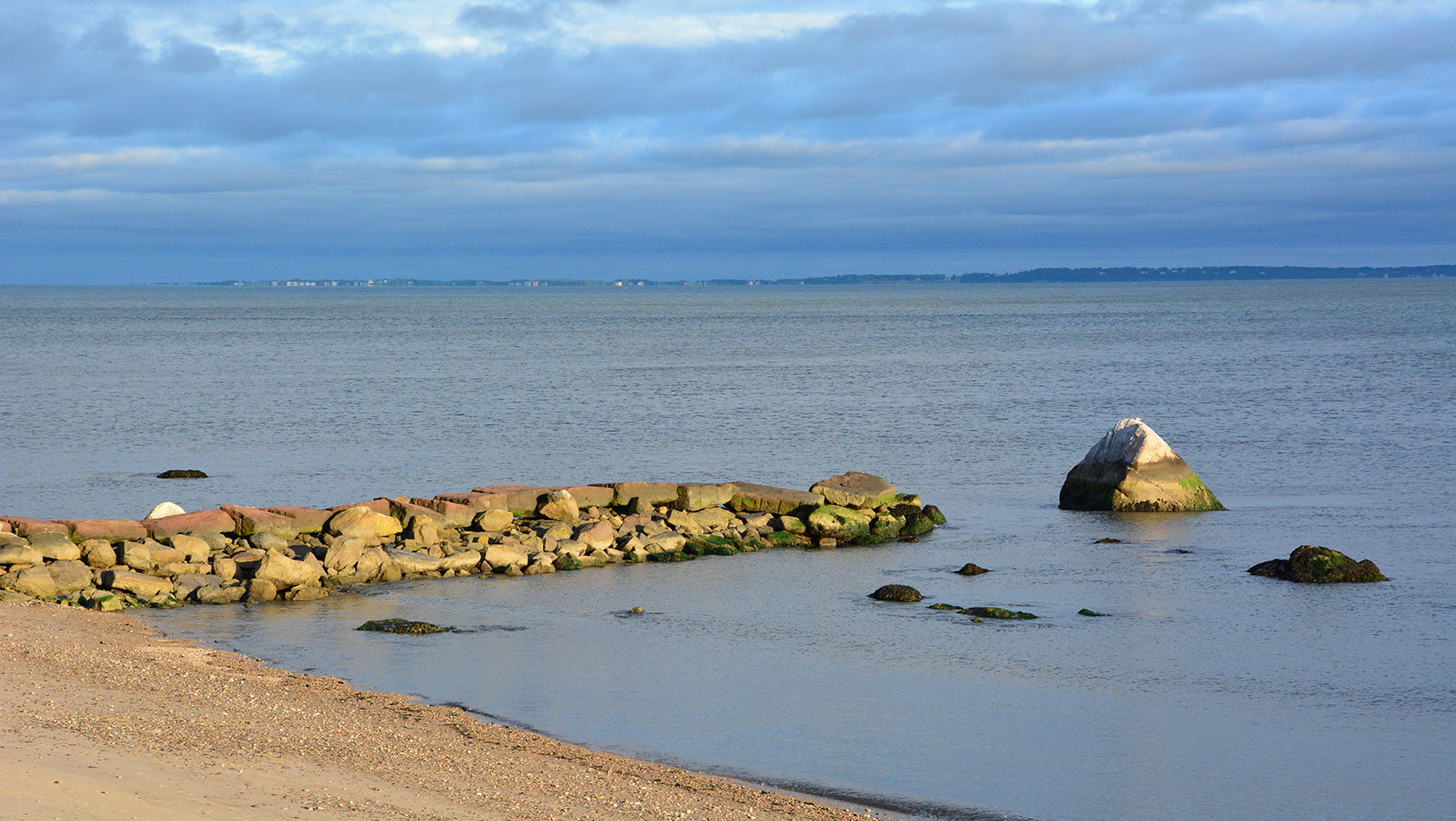

The Town of Old Saybrook, CT is a shorefront community that does not have public sewers. Located along the Long Island Sound, whose long-declining water quality has led to hypoxia and aquatic die-off, the Town hired Fuss & O’Neill to implement a Decentralized Wastewater Management District (DWWMD) to improve nitrogen reduction to the Long Island Sound.
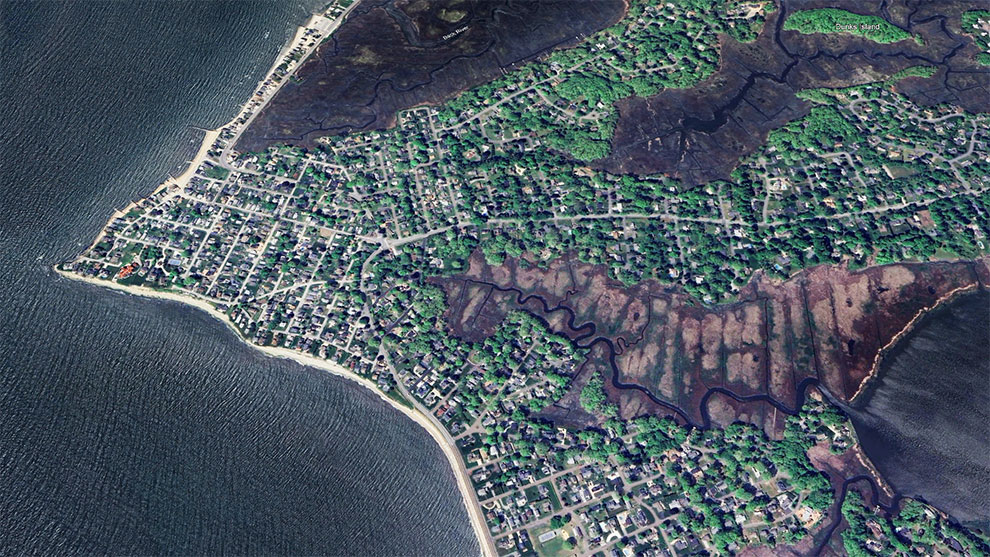
This is the first DWWMD project implemented in Connecticut.
Fuss & O’Neill facilitated extensive collaboration among the Town’s Water Pollution Control Authority, the Connecticut River Area Health District, the Connecticut Department of Energy & Environmental Protection, and the Connecticut Department of Public Health to develop a program that met the often-intersecting jurisdictions of these agencies.
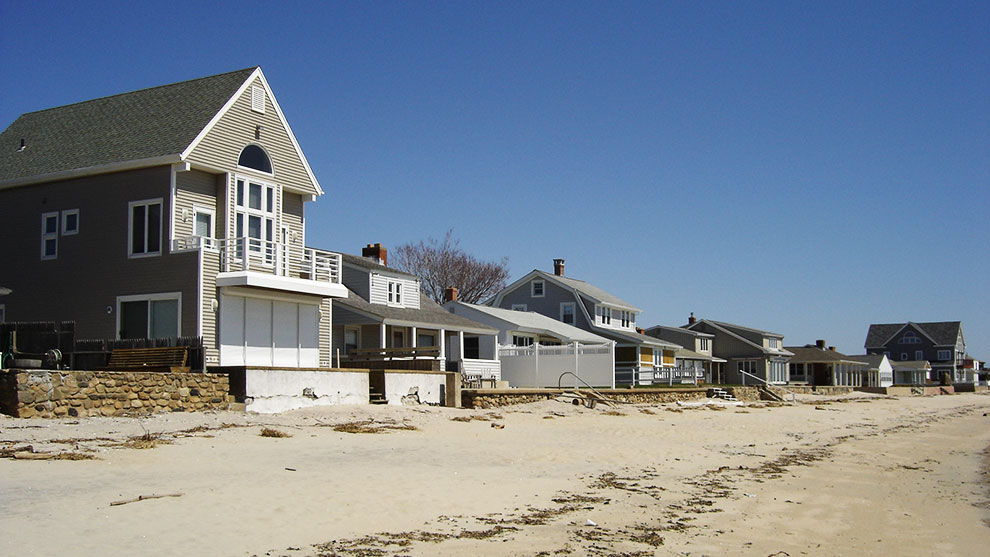
The DWWMD is delineated into 15 focus areas containing approximately 1,900 properties in the southern area of the Town. This section of Old Saybrook is characterized by shallow depth to groundwater, poor soils, and high-density development (like many beach communities along the Long Island Sound).
To date, approximately 1,100 of the properties within the DWWMD have been upgraded. There are 575 additional properties that are located adjacent to the surface waters that require an off-site solution. Fuss & O’Neill’s multidisciplinary team of wastewater, structural, and electrical engineers is working with the Town to develop a community collection and treatment system with subsurface drip dispersal.
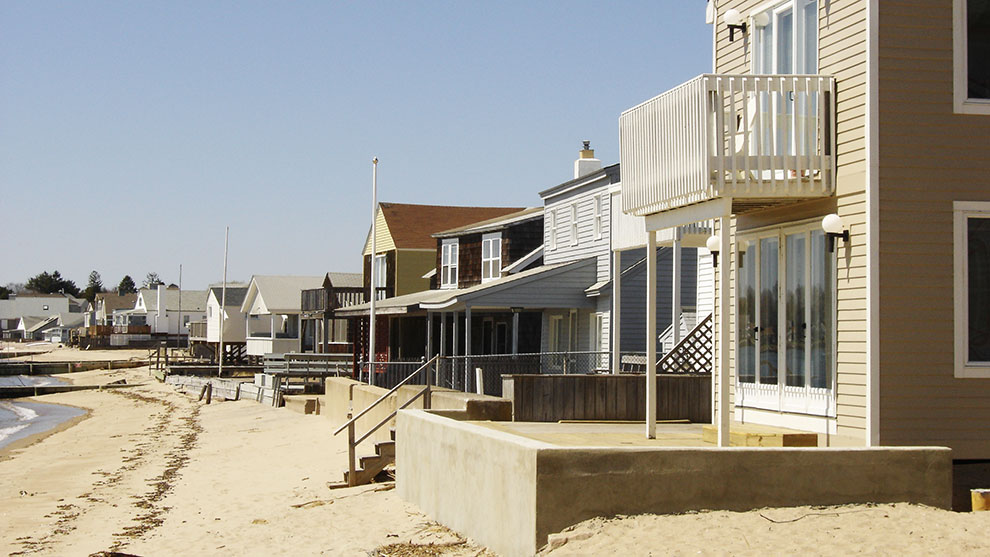
This customized treatment system will be the largest in Connecticut. Additionally, it is a cost-effective solution versus implementing a conventional wastewater treatment facility with a surface water discharge to the Connecticut River.
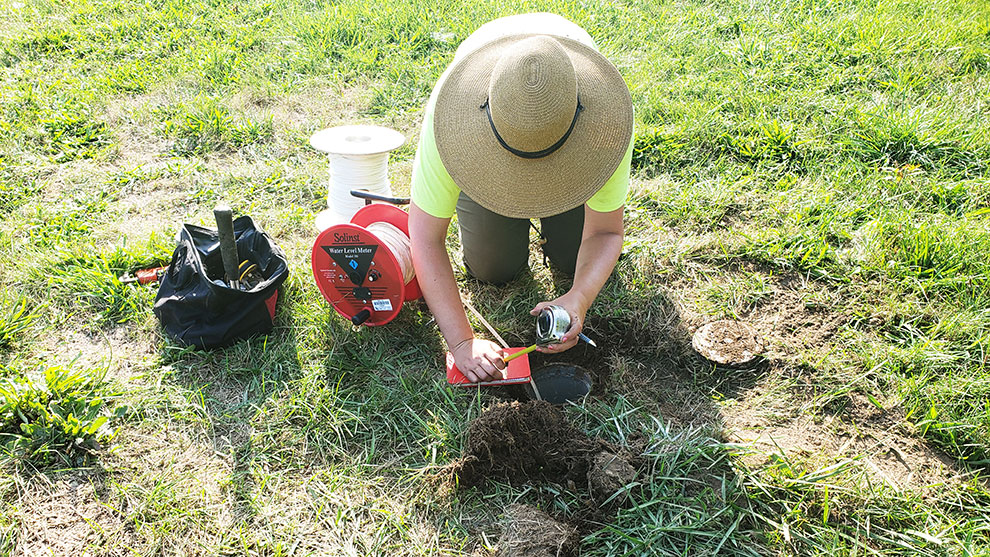
Fuss & O’Neill is supporting the Town of Old Saybrook throughout this project. The next phase includes a pilot dispersal test using newer drip dispersal technology. This will reduce overall construction costs by eliminating the need for extensive engineered fill and will truth the hydrogeologic model by dispersing clean water into the ground. Resulting effects will be evaluated.
Subsequent to the pilot test, the collection and treatment system to treat wastewater from the remaining 575 homes will be built. This represents a green solution for the community as treated effluent will be recharged into the groundwater.
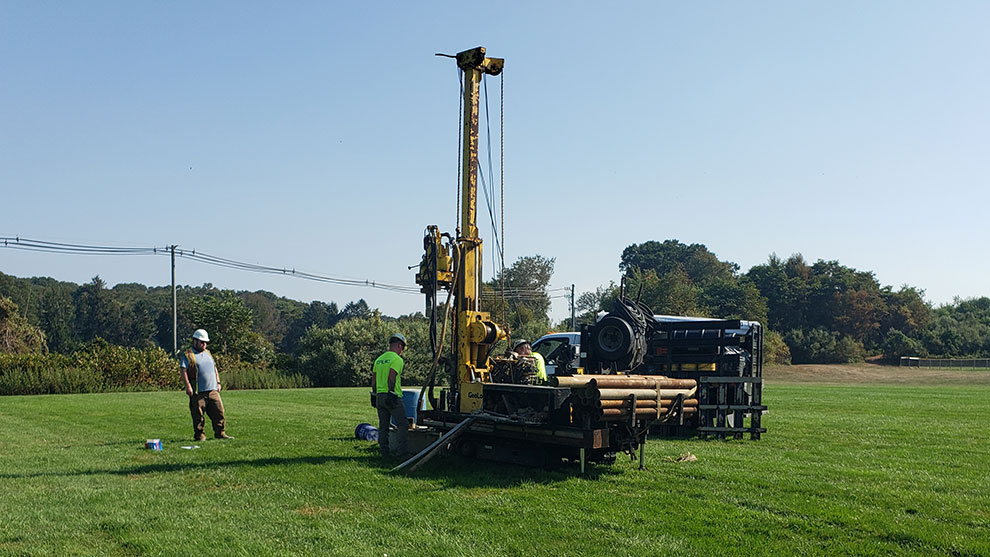
This project may be replicated in other communities with similar challenges to wastewater treatment in densely populated areas abutting surface waters.